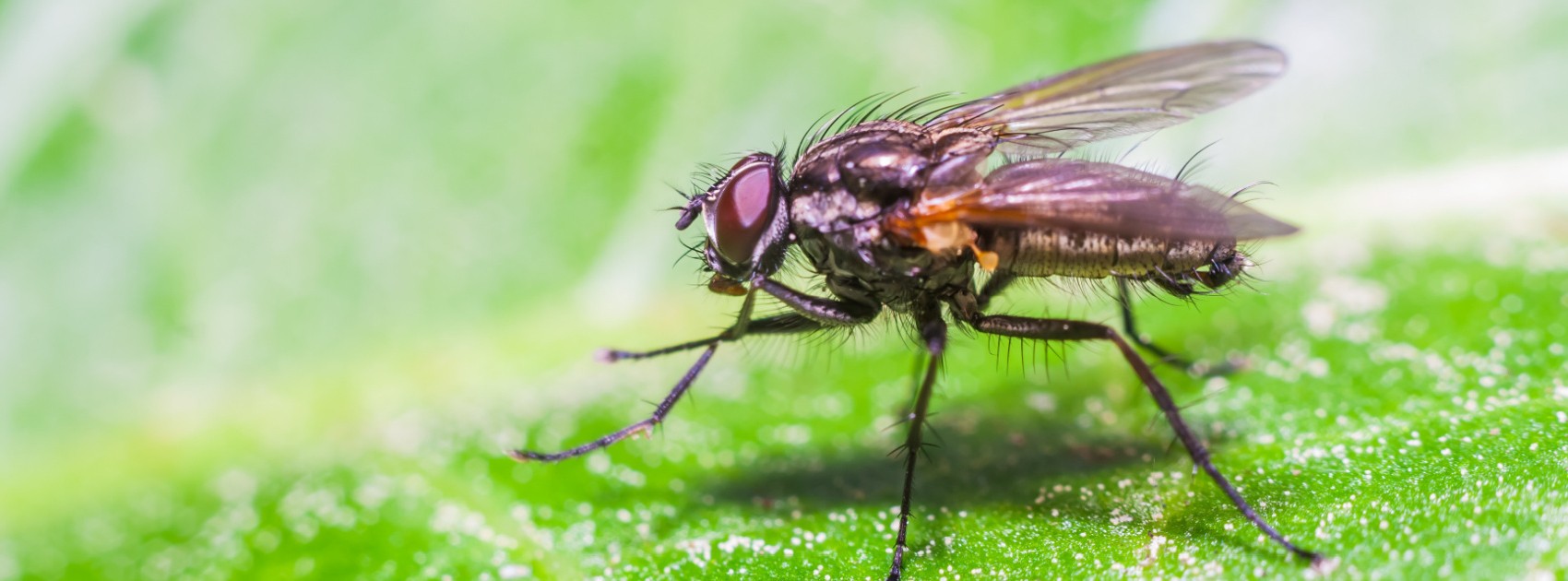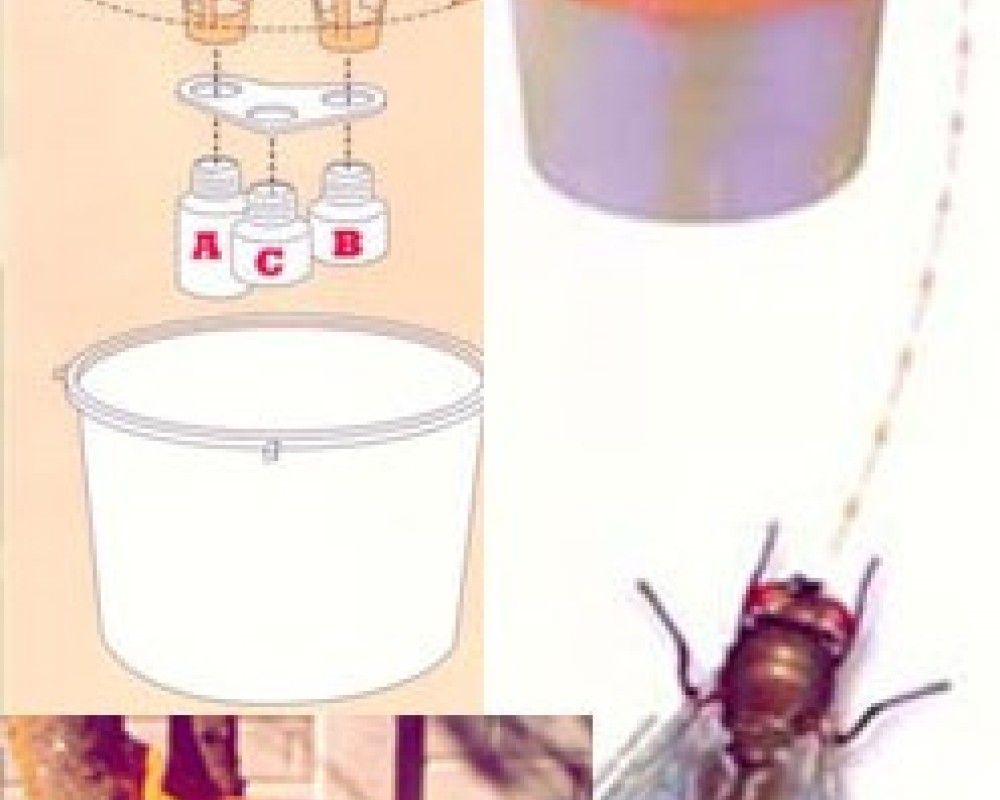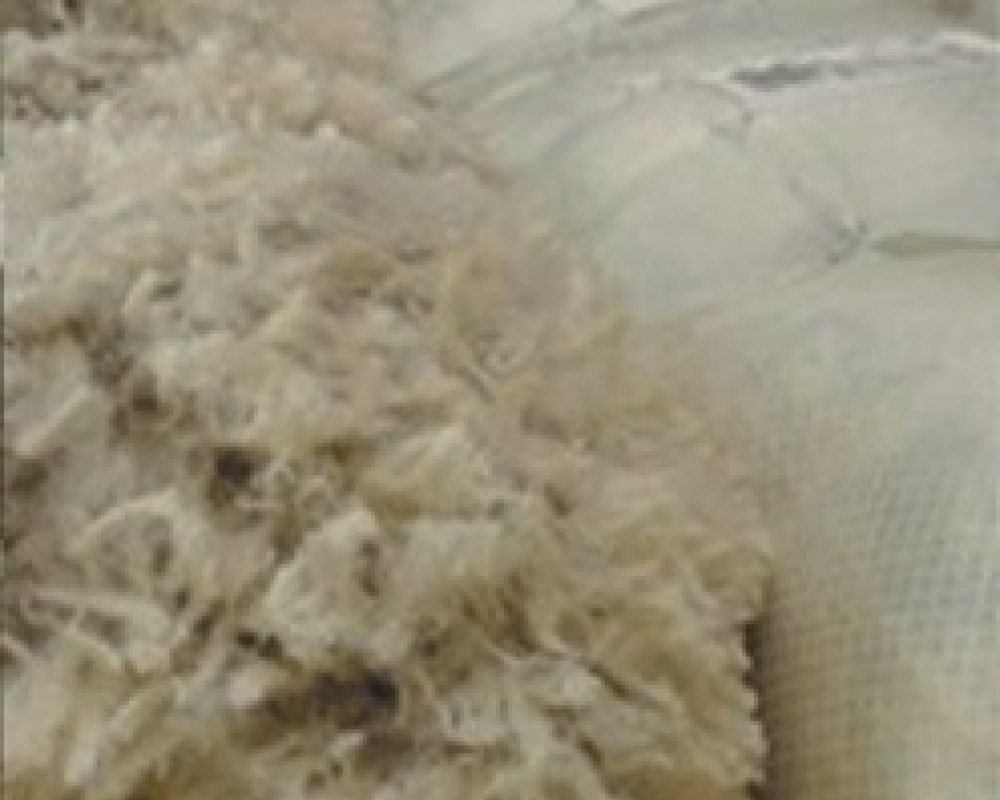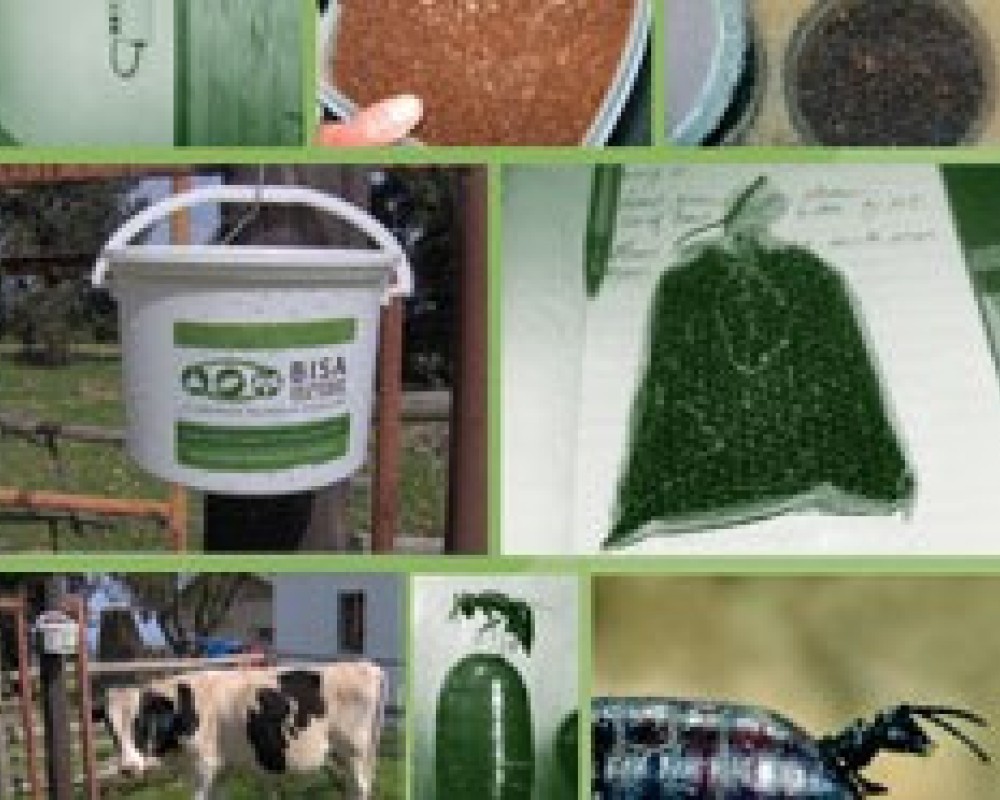
BIO-INSECTARIES SOUTH AFRICA (BISA) is a Close Corporation which was established in 2005 with the main purpose of commercializing biological fly control technology in South Africa.
A modern, well equipped Insectary near Jeffreys Bay was established to produce parasitized fly pupae for distribution to a wide variety of livestock related enterprises in South Africa. The BISA insectarium is managed by the Entomologist, Willem du Toit and his wife Tertia du Toit with years of experience of insect breeding under South African conditions.
BISA has close ties with the National Wool Growers Association of South Africa and has expanded its product range to include the Luci-trap biological sheep blow-fly control system and Nylon Wool packs for packing of wool for the South African and global markets.
BISA has seven shareholders with a Board of Directors managing the general affairs of the business.
Blowfly attacks cost the country approximately R 40 million a year. An ewe that has been attacked by blowflies will not mate easily and will produce less wool of a lower quality. She will also have to receive high cost individual treatment.
Lucilia cuprina Blowfly
- The Lucilia cuprina is the most important attacking blowfly in South Africa.
- The primary target they attack are live wool sheep that serve as a good source of protein for their larva.
- Blowfly eggs hatch within 8 hours after its been laid.
- The larva immediately starts feeding on the skin's surface and leaves behind a distinct smell which inturn attracts secondary blowflies.
- The secondary flies causes the most damage, eating into the sheep.
- After approximately 3 to 4 days the larva develops into a cocoon,there after it falls off the sheep.
- Under ideal humid circumstances at a temperature of about 10 C, an adult blowfly can hatch 6 days after the cocoon fell off the sheep.
- Days later the females will start laying eggs.
- Lucilia cuprina lay about 1000 to 3000 eggs in their lifetime of about 21 days.
- A blowfly does not fly more than 4 km in its lifetime. The distance it can smell has not been determined.
- The traps are fixed at a height of approximately 1.2 metres against hedge poles as the blowfly flies at approximately this height.
- Blowflies lives off pollen and water and therefor prefers lowlying areas and valleys. Areas where there are worked with sheep are popular.
- Blowflies dont like to fly in the wind and this might explain why there are less blowflies found in higher areas.
- The Australians recommend that one trap be placed for every 100 ewes. Under Western Cape conditions, we are having success placing them 1.5 km apart which sustains an approximate ratio of 1:100.
- That is only a guideline. Traps should be monitored and moved if it is not attracting blowflies.
- Traps must be placed away from roads and entrance roads as it might be used as rock throwing targets.
- The lifespan of the traps are approximately 3 years. Traps that have been used during the evaluation in the Western Cape over the last four years are however still in a good condition. The effectiveness of the traps do however decrease as they get older and their colours fade.
- The bait is available in two sizes: 50ml and 80ml. The bait is fixed into the lid of the trap to activate it.
- The bait has an unlimited shelflife. The activated baitlife is approximately 5 months
- Blowfly activity is low during the winter months but it is still wise to suppress numbers.
- Blowflies hatch in large numbers in the spring after the first few warm days.
- Severe outbreaks are usually experienced during October/November.
- The activity decreases in the dry summer months while outbreaks are again expected during March/April in the Southern Cape.
- It is therefore advised to activate the traps in August/September and again in Januarie/February.
Distribution
The Lucitrap system is owned by Bioinsectaries SA (BISA) and is marketed with NWGA as important beneficiary.
To stay competitive in the world market, it is imperative that South African wool, in line with global trends should be marketed in Nylon wool packs. The South African Wool Industry has taken a stand on this issue and decided that only nylon packs would be acceptable as from July 2007.
Conventional nylon packs available to S.A. producers are imported and are sold at relatively high prices. A weakening Rand will in time push up wool pack prices even further.
For this reason Natwool Trust and BISA joined forces with South African manufacturers to develop and manufacture a South African Nylon wool pack. This initiative was a great success. The Natwool/BISA wool pack has been tested rigorously in practice and performed very well. It was also tested by the S.A.Wool Testing Bureau and results indicate the pack to surpass all the strength requirements as per SABS 1860 for Nylon Wool packs. The dimensions of the pack is aimed at ease of handling and is in line with industry requirements for trouble free handling of wool packs.
Thousands of packs have already been used in the 2006/2007 season and clients expressed their satisfaction with the packs in all aspects.
Wool packs produced in South Africa for South Africa!!








